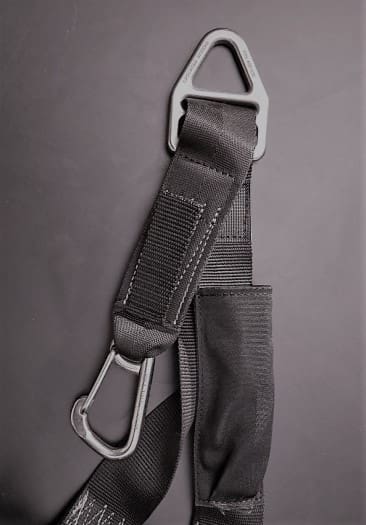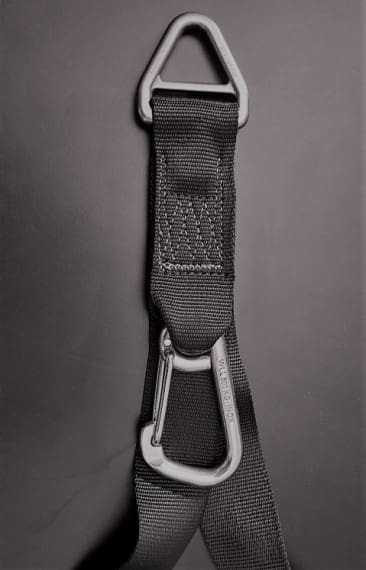
The New TRI-SAR: Minor Changes – Major Improvement

The TRI-SAR has been used well-over a million helicopter hoists since its design and release over twenty years ago. This year alone, LSC has taken orders for over 1,400 TRI-SAR variants for users all over the world, with much of that activity coming from the U.S. Navy’s decision to switch all surface swimmers to the surface model of the TRI-SAR by the end of this year.
U.S. Navy units receiving LSCs TRI-SAR Aviation and Surface Swimmer harnesses this winter will notice something different about the riser hardware. This post explains what we did, why, and what it means for operators.
The lifting V-Ring has gone under several changes in the TRI-SARs long history at LSC . First the lifting V-Ring was made from formed and welded, next it was made from investment cast Titanium, and now it is redesigned and forged from stainless steel.


By redesigning and forging the V-Ring we were able to add our V-Ring support T-Bar which improves the handling characteristics, significantly reduce the cost over the titanium V-ring, without any significant increase in weight. This new ring is also being adapted to our TRITON Harnesses and the mod has been approved by the FAA.
We also took advantage of the redesign to change the Type VIII webbing connection of the equipment hook and incorporate a 40% stronger equipment hook. This brings the legacy TRI-SAR up to the same performance standards of the TRITON with a working load limit on the equipment hook of over 1,000 lbs.
The custom stitch pattern of 270 thread in the Type XIII main riser webbing eliminates the need for a storage pocket for the equipment hook.
Nothing about the changes impact the inspection criteria or maintenance set forth in the NAVAIR 13-1-6.5 (series) manual.
Questions regarding the changes or anything else she be sent to products @ lifesavingsystems.com

